The maximum travel distance of a ንጹህ የኤሌክትሪክ ተሽከርካሪ, often referred to as its range, has become a central aspect in the evaluation and development of these vehicles. As the automotive industry continues to shift towards electrification, understanding the factors that influence and limit the range of ንጹህ የኤሌክትሪክ ተሽከርካሪs is of utmost importance.
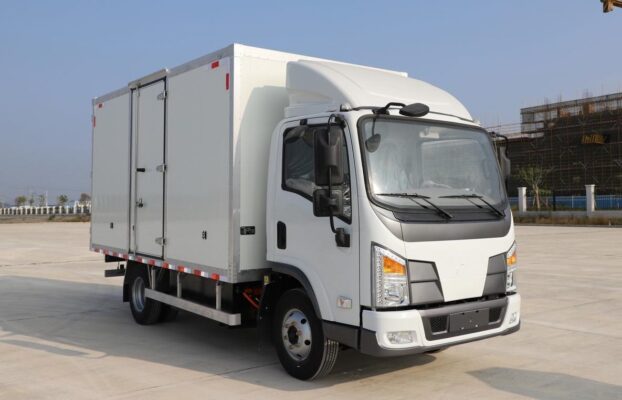
How is it possible for pure electric vehicles to travel a long distance?
The ability of ንጹህ የኤሌክትሪክ ተሽከርካሪs to cover long distances can be attributed to several key technological advancements.
Advancements in Battery Technology
Battery technology is at the heart of the long – distance capabilities of ንጹህ የኤሌክትሪክ ተሽከርካሪኤስ. Modern batteries are designed using materials with higher energy density. ለምሳሌ, lithium – ion ባትሪዎች, which are commonly used in electric vehicles, have seen continuous improvements in their chemistry. New cathode and anode materials are being explored and implemented to increase the amount of electrical energy that can be stored in a given volume or weight of the battery. This higher energy density means that the battery can hold more charge, which directly translates into a longer driving range.
In addition to the choice of materials, battery manufacturing techniques have also evolved. Advanced manufacturing processes can produce batteries with more precise control over the internal structure, reducing internal resistance and improving the overall efficiency of the battery. This allows for a more effective utilization of the stored energy during the driving process.

Improved Power Systems and Electric Motor Efficiency
The power systems of ንጹህ የኤሌክትሪክ ተሽከርካሪs have undergone significant improvements. The efficiency of electric motors has been enhanced through better design and engineering. Electric motors in modern electric vehicles are more efficient at converting electrical energy into mechanical energy. This means that a larger proportion of the energy stored in the battery is used to actually move the vehicle, rather than being lost as heat or in other inefficiencies.
ከዚህም በላይ, the integration of power electronics in the vehicle’s powertrain has become more sophisticated. Power electronics control the flow of electricity between the battery and the motor, optimizing the power delivery according to the driving conditions. ለምሳሌ, during acceleration, the power electronics can adjust the current and voltage supplied to the motor to ensure maximum torque output while minimizing energy waste.
በተጨማሪም, regenerative braking systems have been refined. These systems recover some of the kinetic energy that would otherwise be lost during braking and convert it back into electrical energy to recharge the battery. By effectively capturing and reusing this energy, the overall range of the vehicle can be increased.

What factors can affect the range of pure electric vehicles?
ክልል የ ንጹህ የኤሌክትሪክ ተሽከርካሪs is subject to a variety of factors, both internal and external to the vehicle.
Driving Style
Driving style has a substantial impact on the range of a ንጹህ የኤሌክትሪክ ተሽከርካሪ. A smooth driving style can significantly increase the range. Aggressive driving behaviors such as rapid acceleration, hard braking, and high – speed driving are energy – intensive. When a vehicle accelerates quickly, the electric motor has to draw a large amount of current from the battery, which depletes the battery charge more rapidly. በተመሳሳይ, hard braking not only wastes the kinetic energy that could have been recovered through regenerative braking but also requires more energy to regain speed.
Maintaining a consistent and reasonable speed is key to maximizing the range. Electric vehicles typically have an optimal speed range at which their energy efficiency is highest. Driving at this optimal speed allows the vehicle to cover more distance with the same amount of battery charge.
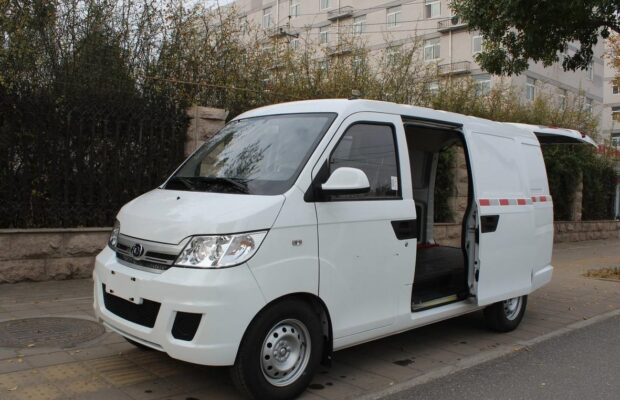
Ambient Temperature
The ambient temperature plays a crucial role in determining the range of ንጹህ የኤሌክትሪክ ተሽከርካሪኤስ. Low temperatures can have a particularly negative impact on battery performance. At cold temperatures, the chemical reactions within the battery slow down, reducing its ability to deliver power efficiently. This results in a decrease in the available capacity of the battery, which in turn shortens the driving distance.
In addition to the direct effect on the battery, cold temperatures also increase the energy consumption of other vehicle systems. ለምሳሌ, heating the vehicle interior in cold weather requires additional energy. This energy is drawn from the battery, further reducing the overall range.
በሌላ በኩል, high temperatures can also pose challenges. Excessive heat can accelerate battery degradation and may also lead to a decrease in the efficiency of the power electronics and electric motor.

Vehicle Load and Use of Electrical Equipment
The load carried by the vehicle affects its range. A heavier load requires more energy to move, as the electric motor has to work harder to overcome the increased inertia. This means that carrying additional passengers or a large amount of cargo will reduce the distance the vehicle can travel on a single charge.
The use of electrical equipment within the vehicle also impacts the range. Electrical components such as the air conditioning system, radio, and headlights consume energy. Using these devices for extended periods, especially high – power ones like the air conditioner, will drain the battery faster and decrease the range.

Is there still room for improvement in the range of pure electric vehicles?
አዎ, there is still considerable room for improvement in the range of ንጹህ የኤሌክትሪክ ተሽከርካሪኤስ.
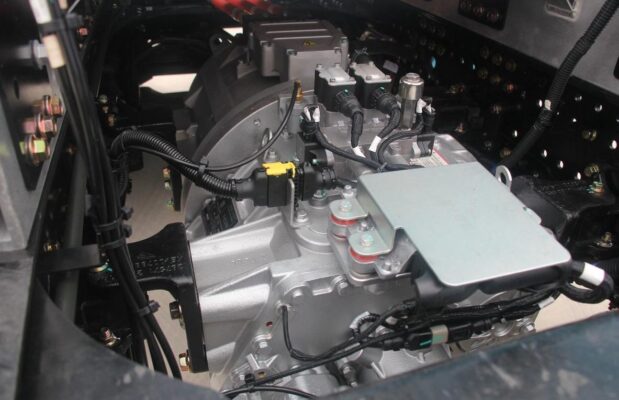
Battery Technology Improvements
ቀደም ሲል እንደተጠቀሰው, battery technology is a key area for potential range increases. Scientists and engineers are constantly researching new battery chemistries and architectures. ጠንካራ – state batteries are one of the promising future technologies. These batteries have the potential to offer even higher energy densities compared to current lithium – ion ባትሪዎች. They also have other advantages such as improved safety and faster charging times.
Another aspect of battery improvement is in the area of battery management systems. Advanced battery management systems can better monitor and control the state of each individual battery cell within a battery pack. This can optimize the charging and discharging processes, prevent overcharging and over – discharging, and extend the overall life of the battery while also potentially increasing the available range.
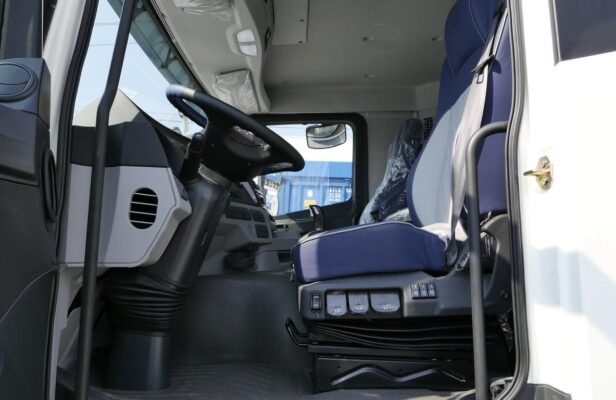
Vehicle Design and Power System Optimization
Vehicle design can contribute to range improvements through lightweight design. By using lighter materials such as advanced composites and aluminum alloys in the vehicle’s construction, the overall weight of the vehicle can be reduced. A lighter vehicle requires less energy to move, which can directly translate into a longer range.
The power systems of electric vehicles can also be further optimized. This includes improving the efficiency of the electric motor at different operating conditions, enhancing the performance of regenerative braking systems, and optimizing the power electronics for better energy management.
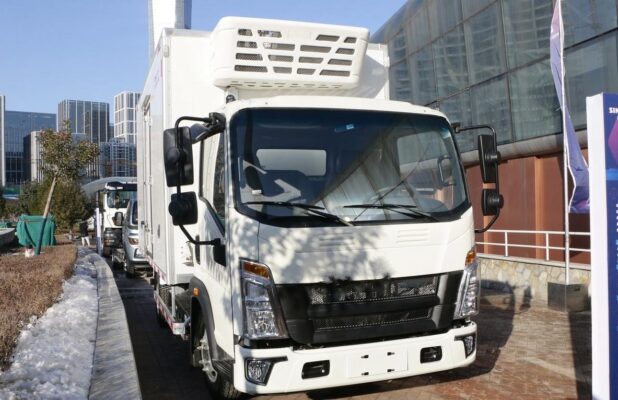
Charging Facility Construction
The construction of charging facilities is an important aspect of increasing the effective range of ንጹህ የኤሌክትሪክ ተሽከርካሪኤስ. A more widespread and dense charging network allows users to charge their vehicles more conveniently. This reduces the “ክልል ጭንቀት” associated with electric vehicles. When users know that they can easily find a charging point along their route, they are more likely to consider longer trips with their electric vehicles.
ከዚህም በላይ, the development of high – power fast – charging stations can also contribute to the perceived range. If a vehicle can be quickly charged during a short stop, it effectively extends the range for a long – distance journey.
How does the range of pure electric vehicles meet the needs of users?
ክልል የ ንጹህ የኤሌክትሪክ ተሽከርካሪs has made significant progress in meeting the needs of users.

Meeting Daily Travel Needs
For the majority of daily travel needs, the current range of ንጹህ የኤሌክትሪክ ተሽከርካሪs is more than sufficient. Statistical data indicates that a vast majority of daily travel distances are within 100 ኪሎሜትሮች. በጣም ንጹህ የኤሌክትሪክ ተሽከርካሪs on the market today have a range that exceeds 200 ኪሎሜትሮች. This means that for typical daily commuting, running errands, or short – distance trips, electric vehicles can easily handle these tasks without the need for frequent recharging.
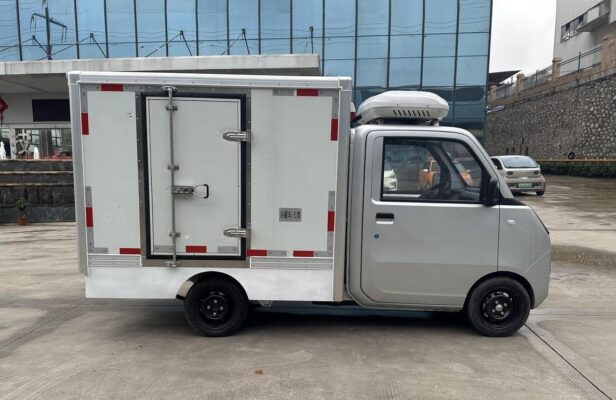
The Role of Charging Facilities in Meeting Travel Needs
As charging facilities become more widespread, the range of electric vehicles becomes even more practical for meeting user needs. Even if a user’s daily travel exceeds the vehicle’s range on a single charge, the availability of charging points at workplaces, የገበያ ማዕከሎች, or other destinations allows for convenient recharging.

For longer – የርቀት ጉዞ, while the range of electric vehicles may still be a limiting factor in some cases, the combination of improved range and the growing charging infrastructure is gradually making it more feasible. As battery technology continues to improve and the charging network expands, the range of ንጹህ የኤሌክትሪክ ተሽከርካሪs will increasingly better meet the diverse travel needs of users, whether it is for short – distance urban mobility or longer – distance inter – city travel.
በማጠቃለያው, the range of ንጹህ የኤሌክትሪክ ተሽከርካሪs is a complex and evolving aspect of this emerging transportation technology. Through continuous technological advancements in battery technology, power systems, and vehicle design, as well as the expansion of charging infrastructure, the range of ንጹህ የኤሌክትሪክ ተሽከርካሪs is expected to keep increasing, further enhancing their viability and appeal to a wide range of users.
